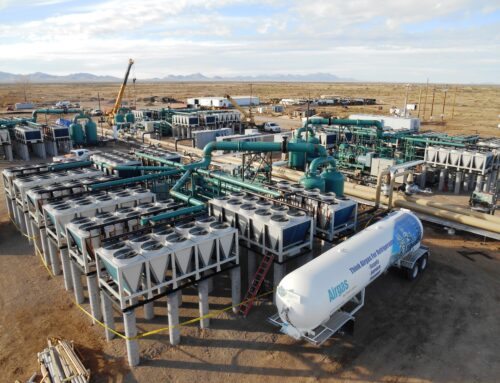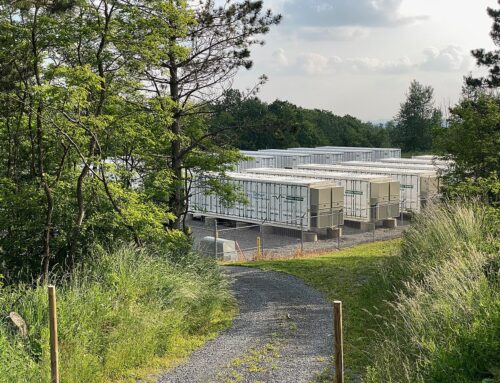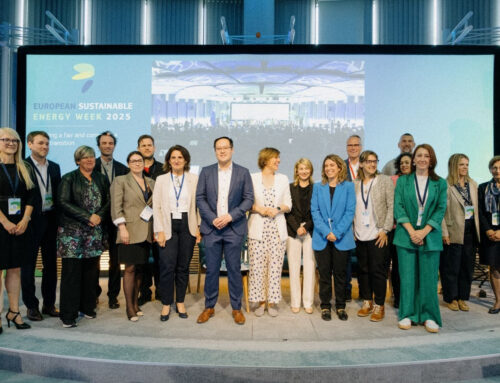Historic Record: Most of Argentina’s Energy Comes from Renewable Sources, with Less Depend
November 24, 2025
Renewable energy in Argentina reached an unprecedented milestone this October: more than half of the country’s electricity came from clean sources.
Renewable energy recorded its highest historical participation last month, with 24.8% generation in Argentina, excluding large dams.
Hydraulic energy contributed another 26.67%, totaling 51.47% of the national electricity matrix.
Renewable energy generation reached 2,706 GWh in Argentina during October.
This volume marked an increase of 13.6% compared to September and an impressive 29.7% year-on-year compared to October 2024.
According to the Electric Monitor of Regional Investment Consulting SA (Ricsa), this growth consolidates the key role of clean sources in the energy transition.

The monthly increase represents a significant change in the country’s electricity generation structure.
This progress brings Argentina closer to its diversification and sustainability goals for renewable energy.
The country’s total electricity generation in October was 10,916 GWh, with an increase of 2.4% compared to September.
Despite this monthly growth, there was a slight year-on-year decline of 0.2% compared to October 2024.
The distribution by source was as follows:
- Thermal: 39.99% of the total with 4,364 GWh (7.2% monthly decrease)
- Hydraulic (plants > 50 MW): 26.67% with 2,910 GWh
- Renewables (solar, wind, small hydroelectric): 24.80% with 2,707 GWh
- Nuclear: 8.54% with 932 GWh (2.2% increase compared to September)
The Ricsa report also highlights that “the hydraulic generation of plants larger than 50 MW contributed 26.67%.”
“Together, both renewable sources reached 51.47% of national generation in Argentina, with an increase of 11.4% compared to the previous month,” the document states.

The reduction in thermal generation, which fell 7.2% monthly, reflects a trend towards a matrix less dependent on fossil fuels.
This structural change occurs as clean sources consolidate their sustained growth in Argentina.
The momentum mainly comes from solar and wind projects that integrate Argentina’s renewable energy.
The record participation of renewable energy also allowed for a reduction in the level of subsidies in the wholesale market, according to the sector report.
Thus, the advancement of renewable energy not only represents a quantitative achievement in Argentina, but also a qualitative progress towards a more sustainable and balanced electricity matrix for the country’s future.
Search
RECENT PRESS RELEASES
Related Post




